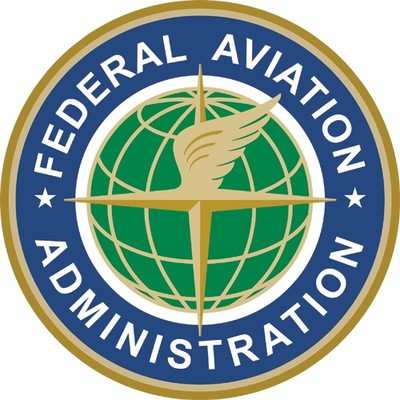Thu, Mar 08, 2018
Allows Ground Tests To Demonstrate Compliance For Night Operations
The FAA is revising its rules for pilot compartment view to allow ground tests to demonstrate compliance for night operations. The requirement for night flight testing to demonstrate compliance is not necessary in every case. The revision will relieve the burden of performing a night flight test under certain conditions.

The FAA’s rules on airworthiness standards for the pilot compartment in rotorcraft and the requirements for each pilot’s view from that compartment require that each pilot compartment must be free of glare and reflection that could interfere with the pilot’s view. Sections 27.773(b) and 29.773(b) require a flight test to show compliance with paragraph (a) of their respective sections if certification for night operations is requested. While this requirement applies to all applicants for rotorcraft installations that may affect the pilot’s ability to see outside the aircraft, the FAA finds that a flight test may not be the only means available to show compliance for some modifications. The purpose of the internal lighting tests is to determine whether the lighting creates glare and reflections within the cockpit that could interfere with the pilot’s view outside of the aircraft.
The FAA has conducted rotorcraft ground and flight internal lighting tests over the past 15 years where all external lighting was blocked from entering the cockpit on the ground evaluation and then conducted the follow-on night flight tests. They found that the ground test results were the same as the flight tests. Based on this experience, the FAA concluded that the two tests will provide the same results. The FAA has determined that creating an environment where external light is blocked from entering the cockpit or where the rotorcraft is placed in a darkened hangar or paint booth, provides the same environment as a night flight test would for cockpit lighting evaluations. The FAA has concluded that a ground test provides the same level of safety and that the current requirements in §§ 27.773 and 29.773 for a night flight test are imposing an unnecessary economic burden on applicants for certification for night operations.
The FAA estimates that 10,506 helicopters in the current fleet will be affected by the final rule. In addition, the FAA receives approximately 120 certification project tests annually. Note that after certification, new helicopters may not need to be upgraded in the next 10 years. However, the other helicopters will need at least 1 cockpit illumination upgrade within the next 10 years based on FAA data. In particular, approximately 4,000 rotorcraft will have to upgrade their automatic dependent surveillance-broadcast (ADS–B) in the first 3 years after the rule goes into effect.4 All of the remaining 6,506 are expected to have cockpit lighting night testing due to upgrading communication, surveillance systems, or navigation/electronic indicators in the remaining 7 years.
As a result, this rule will relieve industry from performing higher cost night flight tests with lower cost ground tests resulting in cost savings. The FAA estimates industry will gain about $384.9 million in total undiscounted cost savings over a 10-year period of analysis [$32,880 × (10,506 tests + 1,200 certification projects)]. The FAA estimates industry’s present value cost savings to be about $277.2 million and annualized costs savings to be about $39.5 million using a 7 percent discount rate. The following table provides cost savings to industry over a 10-year period of analysis.
The new rule becomes effective May 7, 2018.
(Source: FAA)
More News
From 2023 (YouTube Edition): New Propulsion Scheme Optimized for AAM Applications Founded in 2017 by Eric Bartsch, Pat Anderson, and Erik Lindbergh (grandson of famed aviation pion>[...]
During The Initial Climb, The Engine Began To Operate Abnormally And, After About Three Seconds, Experienced A Total Loss Of Power On October 29, 2025, about 1820 Pacific daylight >[...]
Aero Linx: Women in Aviation International Women in Aviation International is the largest nonprofit organization that envisions a world where the sky is open to all, and where avia>[...]
“We’ve paid for the cable line’s repair for the customer and have apologized for the inconvenience this caused them...” Source: Some followup info from an A>[...]
“We have long warned about the devastating effects of pairing optimization. Multiple times over many months, we highlighted how schedule manipulation, unbalanced schedules, a>[...]
 Classic Aero-TV: VerdeGo Debuts VH-3 Hybrid-Electric Powerplant
Classic Aero-TV: VerdeGo Debuts VH-3 Hybrid-Electric Powerplant NTSB Prelim: Grumman American Avn. Corp. AA-5B
NTSB Prelim: Grumman American Avn. Corp. AA-5B ANN's Daily Aero-Linx (12.02.25)
ANN's Daily Aero-Linx (12.02.25) Aero-News: Quote of the Day (12.02.25)
Aero-News: Quote of the Day (12.02.25) Aero-News: Quote of the Day (12.03.25)
Aero-News: Quote of the Day (12.03.25)



